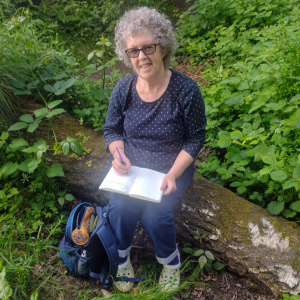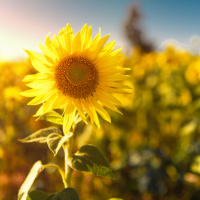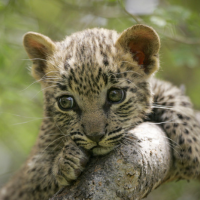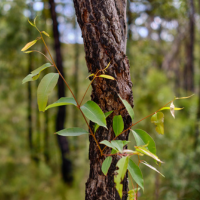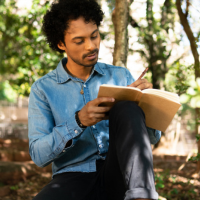2nd June 2024
Growth and development
We are going to consider the ways that organisms grow and change over time and how development of
adaptations and behaviours shape the diversity and resilience of life on earth.
To access a transcript of today’s video click here. You can then copy and paste this transcript into a translator if you would like to translate the text into another language.
Journal Together session
Session times are given in the presenter’s own timezone.
*You can use a timezone converter to check the event time in your area.
2nd June, 11 AM British Summer Time; 8PM Brisbane time (AEST).
Jules Woolford will lead a Journal Together session on the theme of growth and development.
Nature journaling prompts and ideas
This video shows the growth of a single sunflower as it develops from a seed into a beautiful flower. It can be interesting and fun to track the growth of one plant over time. Try this in your own nature journal. Find a plant either in your garden, road verge or local park. Document it in your journal in your own way. You might like to include dates and times as well as measurements. Then return to the same plant and document its changes several more times, showing how it has changed and developed.
Today’s prompt not only relates to the changes and growth that happen in an organism’s physical form, we can also nature journal the development of skills as an animal learns to fend for itself and be independent. This video from Safari Moments shows a mother leopard playing with her cub as the youngster develops muscle strength through play as well as learns lessons about the world. This film, by UK Artist and Naturalist Robert E Fuller, shows a father kingfisher encouraging his young to fledge by tempting them with food. Consider the animals you see in your nearby nature - have you ever witnessed an animal developing its survival skills? If you are lucky, you might find a bird in the process of fledging, or a young mammal learning how to behave from its parents. If you have an example of this, you can document it in your journal, or spend some time sketching the animals from the videos.
The availability of light, nutrients and other factors in the environment can affect the way an organism grows and develops. Seedlings searching for more light will grow long, spindly stems. Houseplants may thrive beside a window but wither if they are placed in a dark corner. Other organisms, like some mushrooms, thrive in dark, damp locations, but dry out and die when exposed to too much sunlight. Observe and journal about the ways that organisms in your nearby nature respond to the environment, and which factors help or hinder their growth.
In natural ecosystems, the growth of one species is sometimes aided by the presence of another species, for example in the relationship between some plants and fungi. Other examples of symbiotic relationships between organisms can be seen in this article by London’s Natural History Museum. Can you find an example of symbiosis in your nearby nature where one organism is benefitting the growth of another? How could you document this interconnected growth in your nature journal?
The impact of human activities can affect growth in natural ecosystems. Sometimes, excessive growth can disturb a habitat, such as in the case of lake eutrophication from nutrient runoff and pollution. How does deforestation pollution, climate change and urbanisation affect the growth of organisms in your nearby nature? Humans can also affect growth in positive ways, such as creating a garden with plants that attract pollinators, or with habitat restoration efforts such as tree planting. How have humans positively affected growth in your local area? Document these examples in your nature journal.
Turn this prompt inward and reflect on the ways that you have personally grown and developed in recent times. How has this growth changed you? How would you like to grow and develop in the future? What could you focus on to work towards this growth?
You might also like to reflect on your own growth and development in relation to nature. Consider how spending time outdoors has influence your personal growth, resilience and understanding of the world around you.

